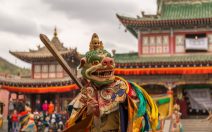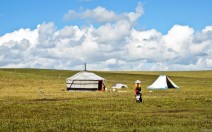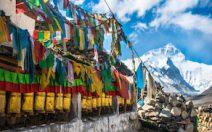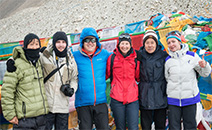Dechen is a Tibetan Autonomous Prefecture in the north of Yunnan province, along with the adjacent counties of Gyethang and Balung, governed from Kunming. The county extends through Mekong gorge south of Tsaklhalho and includes the Karwa Karpo range(Ch Meili), which divides the Mekong from Salween. Its eastern boundary formed by the Yangtze. The county capital is located at Dechen town.
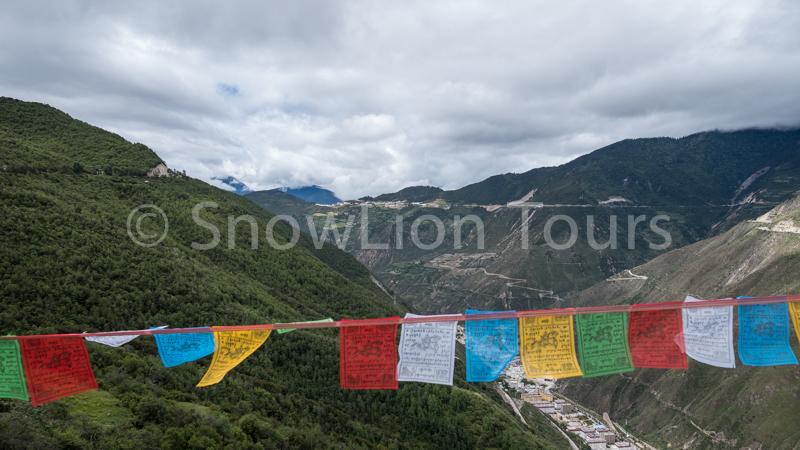
Dechen in the valley
The original names of the town are Jol and Atunzu, but in 17th century, the fifth Dalai Lama renamed it and its environs Dechen “supreme bliss”. the town has a population of approximately 9700, of which the majority are still local Khampa. In the town, the recently constructed Kawa Karpo Lhakhang is a three storey building containing fine murals. The walkway around the ground floor chapel has murals depicting the eight medicine Buddhas, the twenty one Taras, the lord of three enlightened families and the three deities of longevity.
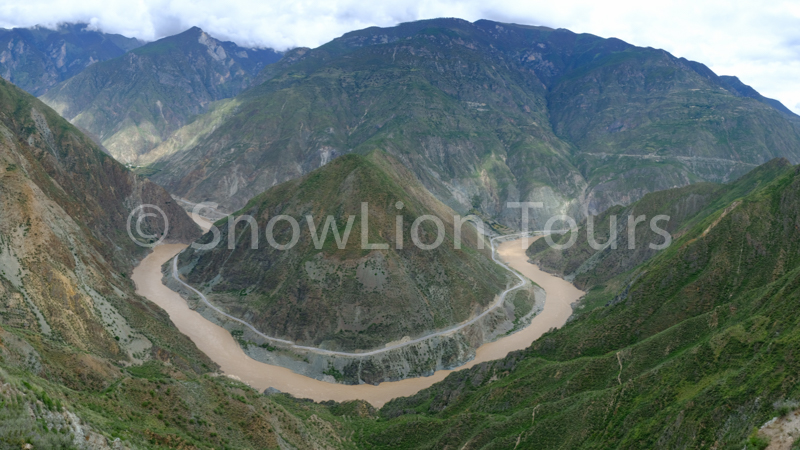
Yangtze River Bank in Yunnan
There is another monastery called Dechen Ling is located on a high ridge 4km outside the town, overlooking at the valley and the Mekong gorge, this monastery is the residence of Samdong Rinpoche. The monastery itself has been recently undergoing repairs and a small temple, Jomoling is located higher up the hillside, in the valley below, in the direction of Yuling and Yangkyi, there is another monastery called Homgya Gompa, under the direction of Tropa Guru.
Mt Kawa Karpo
Kawa Karpo is one of the most sacred mountains for Tibetan Buddhism as the spiritual home of a warrior god of the same name. It is visited by 20,000 pilgrims each year from throughout the Tibetan world; many pilgrims circumambulate the peak, an arduous 240 km trek, Although it is important throughout Tibetan Buddhism, it is the local Tibetans that are the day-to-day guardians and stewards of Kawa Karpo, both the deity and the mountain.
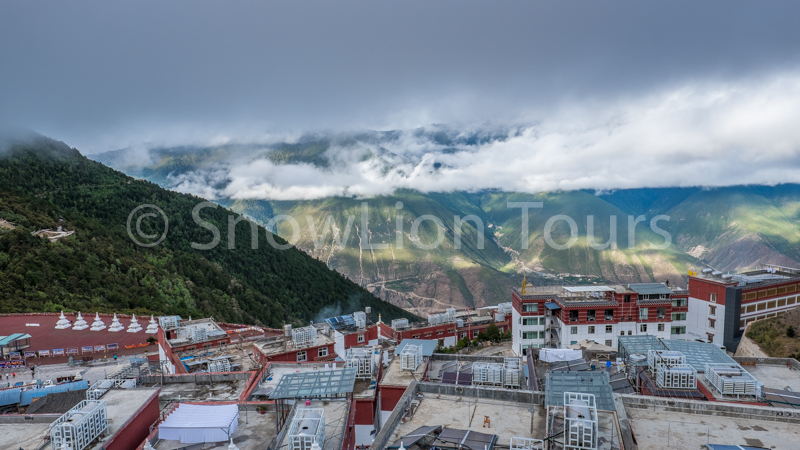
The holy mountain Kawa Karpo is behind the clouds
This mighty watershed range has 13 snow peaks forming a north – south alignment, among them, Mount Kawa Karpo is the highest 6740m, and to its north is Mount Dradul Wangchuk 6379m and to its south is Mount Pawo Pamo 6000m, following in succession by the spectacular five peaked crown of Mount Gyewa Rignga (5471m), Mount Men Tsunmo (6055m), and two lesser peaks known as Chugen -Je and Tsela Nyenpo.
Kawa Karpo itself is conceived as a male protector deity and Men Tsunmo as the corresponding female consort. The mountain is one of the 25 important meditation sites associated with Padmasambhava in Kham and Amdo. Specially this mountains range symbolizes the body – aspect of Buddha – speech.
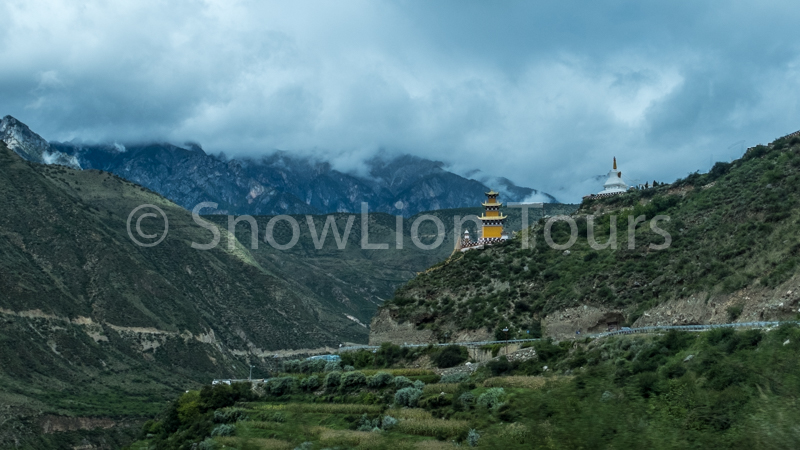
The road view between Yading Park and Dechen county
The ancestral religion of the Kawa Karpo area, as in much of Tibet, was Bön, a shamanistic tradition based on the concept of a world pervaded by good and evil spirits. Bön encompassed numerous deities and spirits which are still recognized today, and are often connected with specific geographical localities and natural features; the major mountain peaks in the Hengduan Mountains are thus all identified with specific deities. Kawa Karpo is one of these. Since its introduction, Tibetan Buddhism has been the dominant religion of the Kawa Karpo area, with followers of Gelugpa doctrine being the most common.
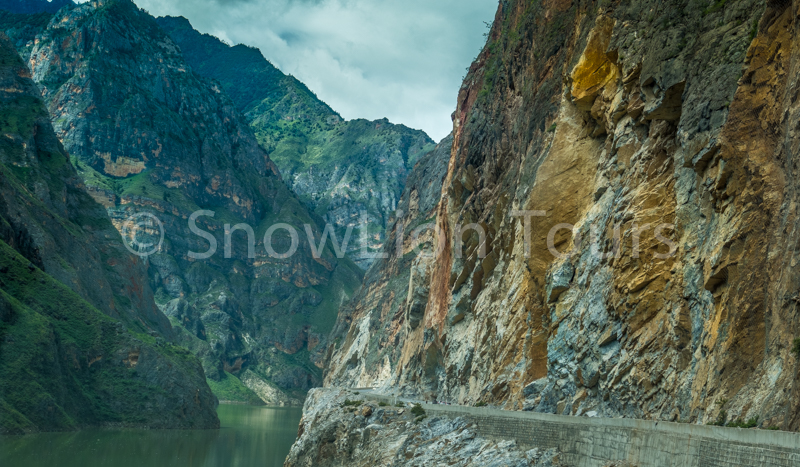
The deep valleys between Shangri-la and Dechen in Yunnan
Tibetans believe the warrior god will leave them if human sets foot on the peak of Kawa karpo, making the ground unholy. Disasters will follow as they lose god’s protection. Tibetans have also established a centuries-old sacred geography around the peak, maintained by religious leaders from local monasteries in negotiation with local villages. This sacred natural site preserves the natural resources and ecological health of the range.
